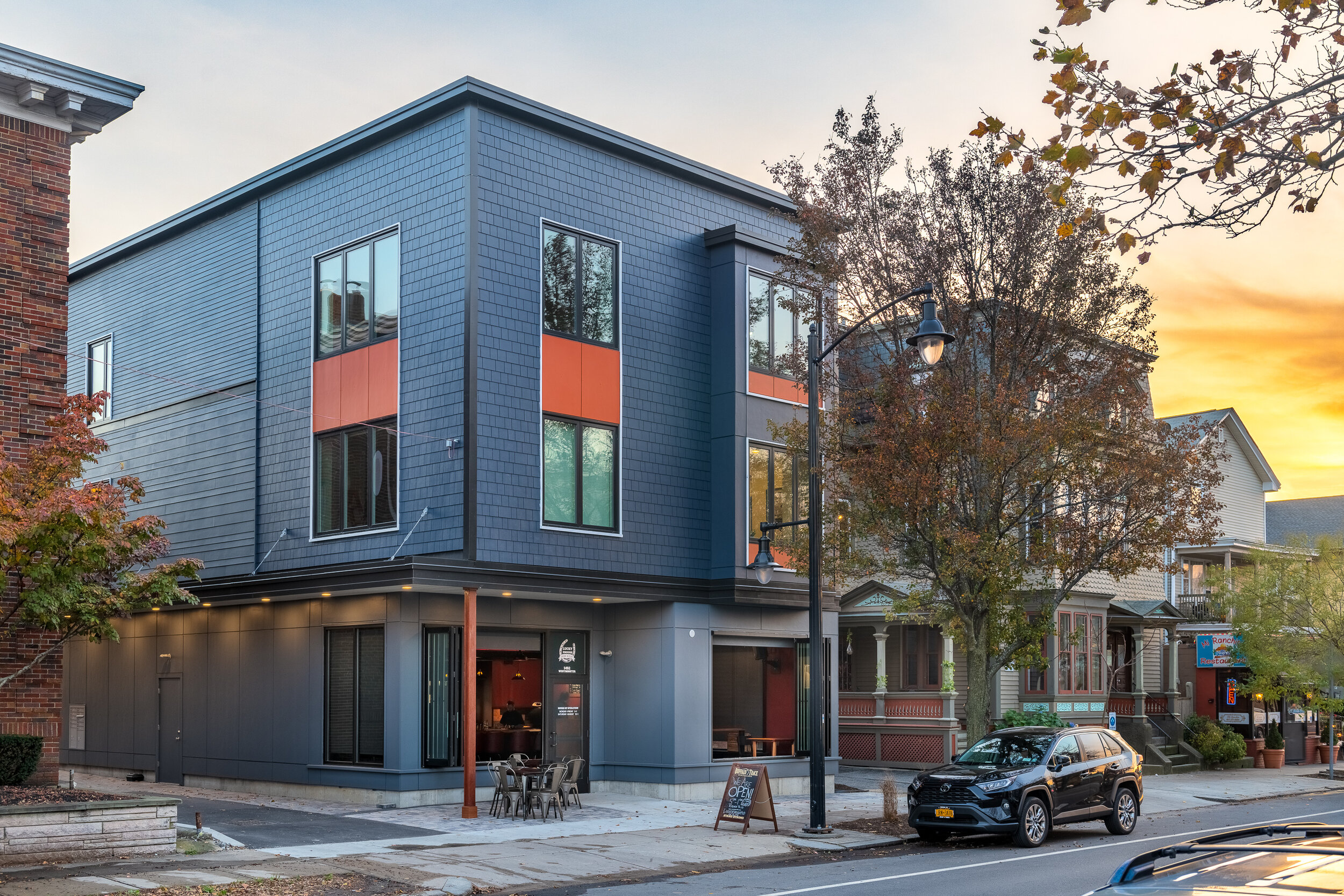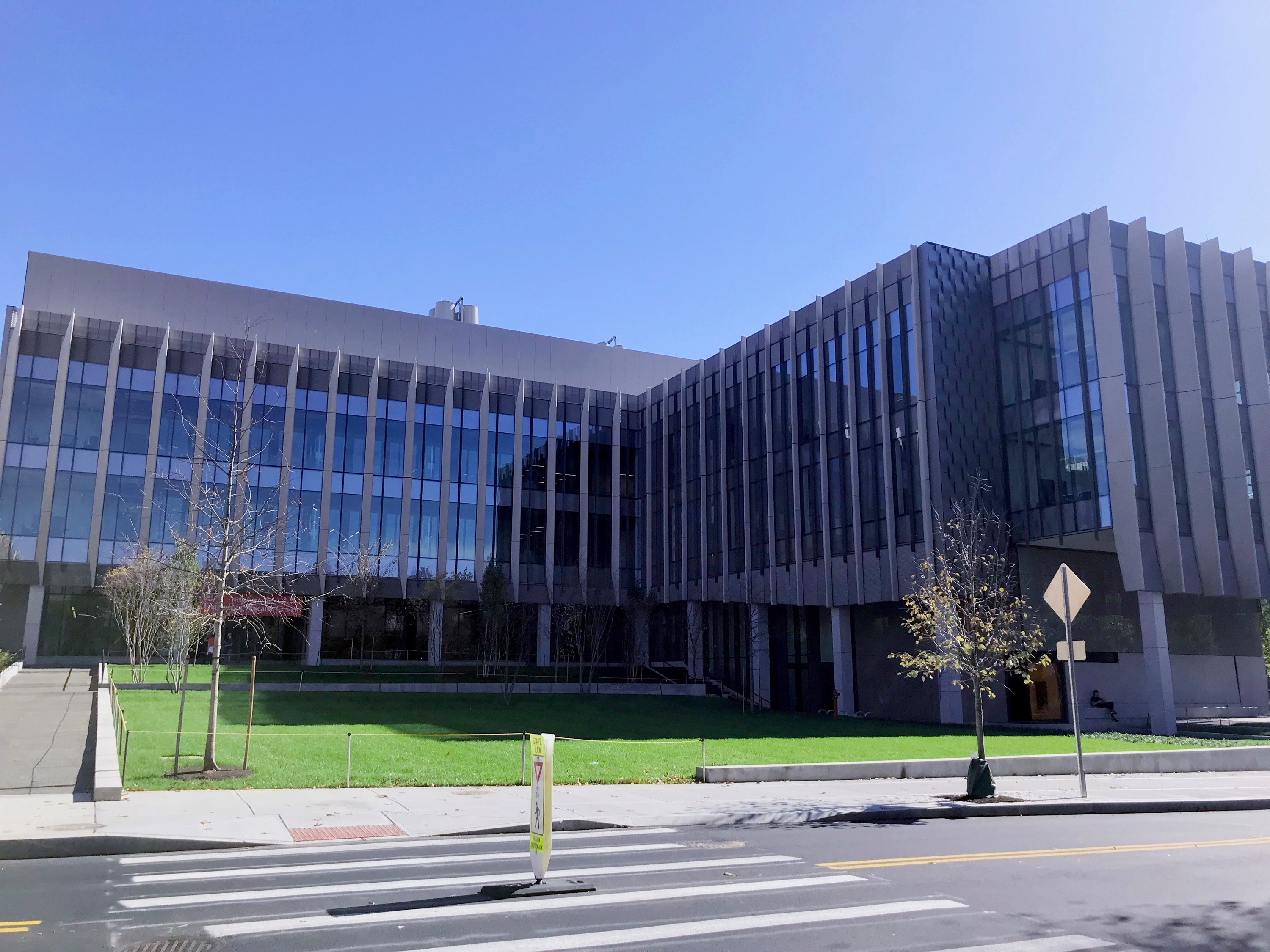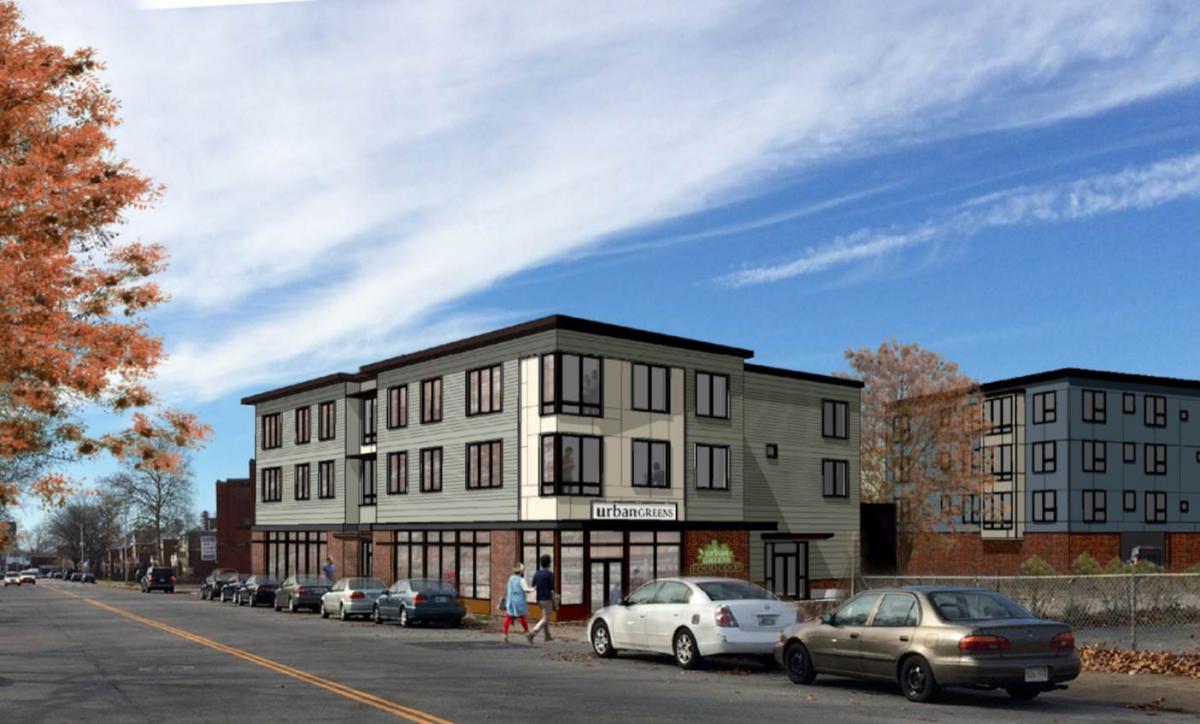The Future of Buildings
Building Decarbonization Act's common-sense approach would reduce energy use by public and commercial structures.
The Nature Conservancy is committed to creating a world where people and nature thrive. A world with a stable climate, clean air and economic security.
The Building Decarbonization Act of 2025—sponsored by Rep. Rebecca Kislak (H 5493) and Sen. Megan Kallman (S 91)—accelerates progress toward a clean energy future by reducing carbon emissions from Rhode Island’s building sector.
How are outdated buildings related to climate change?
- Old buildings use immense amounts of energy, polluting the air and driving up energy costs. A new climate report indicates that the building sector could account for nearly half of statewide carbon emissions from heating, electricity and other operations.
- About 70% of the building stock that will exist in 2050 already exists today. That means we need to make our existing buildings more sustainable and ensure that new structures are built for the future.
Is there a solution?
Yes. By passing the Building Decarbonization Act, we can build a sustainable and resilient economy at the scale and speed science demands while creating thousands of jobs in our communities.
- We can build energy-efficient buildings with strong labor standards while reducing pollution. Those clean buildings, in turn, can help stabilize energy costs, provide healthier places to live and work, and improve Rhode Islanders’ quality of life.
- The new construction market is already trending toward electric buildings. Passing this bill reinforces Rhode Island’s commitment to energy efficiency net zero carbon emissions.
3 Steps to a Clean Building Future
FAQs
Building Decarbonization Act
-
Yes. Benchmarking allows building owners to compare energy usage year-to-year and between similar facilities. With this data, property owners can adopt clean energy strategies based on emissions reductions or cost savings goals.
-
No. The Building Decarbonization Act would require new construction to be electric-ready, not all-electric. This distinction means that building owners can still have their choice of equipment, but the facility must have the electrical wiring and capacity sufficient to support a future retrofit to all-electric systems.
-
No. Benchmarking and performance standards policies have been around for decades. Washington, D.C. and Austin, Texas made history in 2008 when both cities started requiring building energy benchmarking. Since then, six states and 50 municipalities have instituted benchmarking programs.
-
Yes. Ocean State Job Lot and Johnson & Wales University already benchmark their energy usage and actively work on reducing consumption. The City of Providence also has a benchmarking requirement.
-
No. The legislation only requires energy (electricity and gas) benchmarking data to be recorded and reported.



